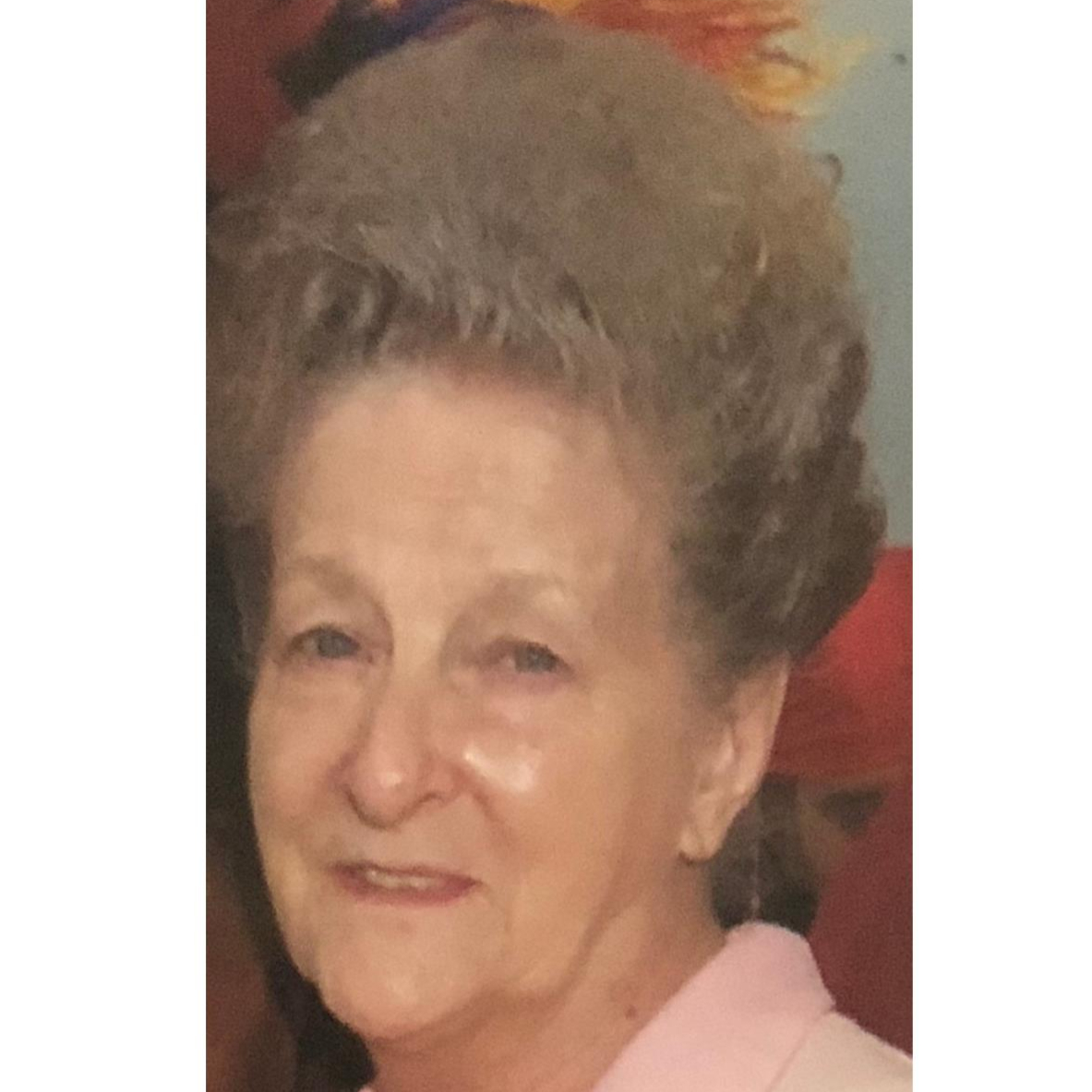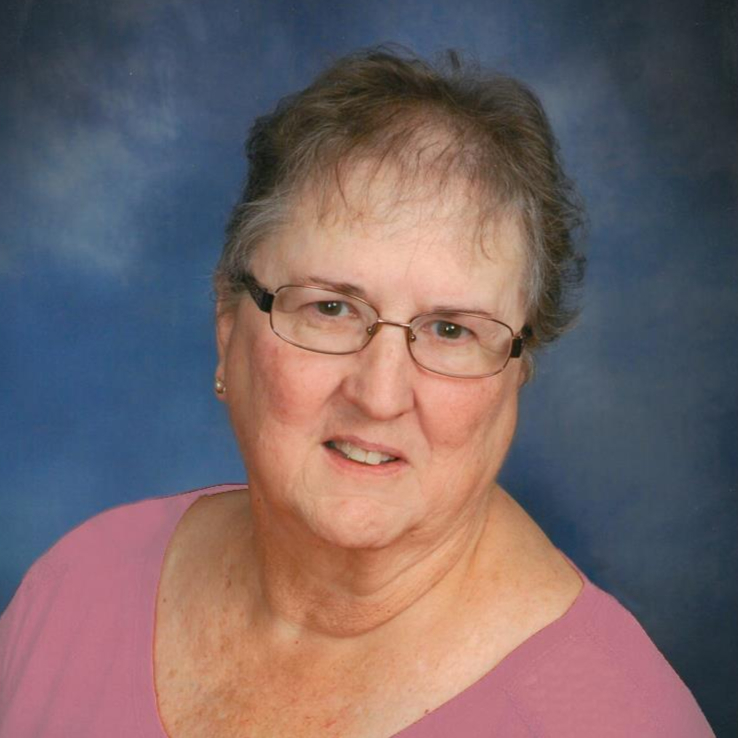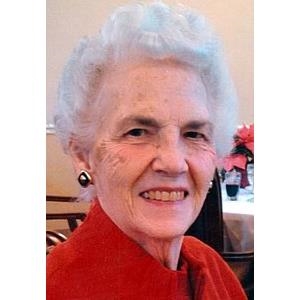After nearly two years of intense debate, the hotly contested CAFO issue has been resolved.
Bartholomew County’s three commissioners unanimously approved an ordinance Monday creating new setbacks for confined animal feeding operations. With the approval, the ordinance goes into effect immediately, said Jeff Bergman, city-county planning director.
The new ordinance calls for quarter-mile setbacks for confined feeding operations from schools, health care facilities and churches and 500 feet from a residential lot in an agricultural zone. The new setbacks also require a 500-foot setback from any well.
The vote came after a 92-minute public hearing, where about a dozen spectators out of the 40 at the meeting talked to the commissioners about their concerns.
[sc:text-divider text-divider-title=”Story continues below gallery” ]
Nearly all the speakers at Monday’s hearing favored more restrictive setbacks that were recommended in a minority report issued last fall by the Bartholomew County CFO/CAFO Regulation Study Committee. The minority opinion had called for a mile setback from schools and health care facilities and a half mile from places of worship or recreational facilities. The setback for a residential lot in an agricultural zone was on a “case-by-case” basis in the minority opinion.
However, the setbacks approved Monday, which are less restrictive, originated from a majority of the study committee members.
The approved setbacks, which came to the commissioners with a favorable recommendation from the Bartholomew County Plan Commission, are widely viewed as a compromise between those who champion property rights for livestock producers and those who have health and environmental concerns about confined feeding operations.
Commissioner Larry Kleinhenz, who said the ordinance increases most setbacks by 400 percent, repeated his earlier stance that it was impossible to make everybody happy — no matter what the commissioners did.
“We’ve not made any friends, and everybody is mad at us,” Kleinhenz said. “But if we reject this, we provide no more protection from what we have now.”
Like Kleinhenz, commissioner Carl Lienhoop said he doesn’t like all the setbacks and recommendations set in the ordinance.
“But it increases some minimums we don’t have, and in the end, it’s still a conditional process,” Lienhoop said. “People will still have the right to come and protest.”
Two audience members — Mike Percy and Tom Heller — said a GIS map provided to the commissioners incorrectly shows the more restrictive minority recommendations would prevent any future CAFOs from being placed anywhere in Bartholomew County.
In response, Bergman said his staff had to use an average to illustrate the minority recommendation, which differs from site to site on potential setbacks, referring to the case-by-case designations.
David Baker told the commissioners he was concerned about the dangers of hydrogen sulfide from large hog operations. Two others in the audience — Ann Jones and Rebecca Lorenz — said neither the commissioners nor the committee heard evidence about the potential health hazards of hog manure.
However, Lorenz did say most of the published findings about the hazards are not considered scientifically conclusive at this time.
Maintaining that residential property is more than two and a half times more valuable than farmland, John O’Halloran said steep declines in residential property values caused by a neighboring CFO could have a negative effect on the county’s finances, as well as the local tourism industry.
Dennis Tibbetts said the controversial debate is not between farmers and anti-CAFO advocates. A non-scientific survey of 21 farmers shows they want an average 2,000 feet between their homes and a CAFO — much more than the new ordinance calls for, Tibbetts said.
Percy presented a similar survey with the same type of results last year during committee meetings. However, some committee members said then that Percy had cherry-picked the farmers he surveyed to get those results.
But when both surveys are put together, it indicates most farmers and homeowners may be on the same side — against the industrial meat industry, Tibbetts said.
In addition to favoring more restrictive setbacks, several speakers at Monday’s public hearing favored using an air-quality measuring model developed by Purdue agricultural and biological engineering professor Al Heber for each confined feeding application. However, that is not required in the new ordinance, county officials said.
[sc:pullout-title pullout-title=”Timeline ” ][sc:pullout-text-begin]
2014
Jan. 27 – The first public hearing on a proposal by William Gelfius to build an 8,800-hog CAFO on his 378-acre farm along East County Road 200N attracts 135 people to a meeting of the Bartholomew County Board of Zoning Appeals.
Feb. 24 – After a grass-roots organization called the Anderson Falls CAFO Fighters is formed, the second hearing before the board of zoning appeals is canceled after Gelfius withdraws his proposal.
May 28 – Gelfius submits a second application to the board to build a 4,400-hog confined feeding operation.
June 11 – The Bartholomew County commissioners announce they are forming a citizens committee to evaluate local livestock regulations, including those dealing with concentrated animal feeding operations.
June 30 – Gelfius’ second application for a CAFO is approved by the board of zoning appeals.
July 21– The board of zoning appeals approves a 2,000-hog CAFO for Hope area farmer Jeff Shoaf.
Sept. 8 – A one-year moratorium on new concentrated animal feeding operations and any expansions is given final approval by the Bartholomew County Commissioners.
Sept. 17 – The 14-member CAFO Regulation Study Committee begins meeting monthly.
2015
Jan. 12 – The Bartholomew County commissioners speak out against Indiana Senate Bill 249, which would prevent counties, cities or townships from creating a moratorium preventing farmers from building a confined feeding operation. The measure was later withdrawn from consideration.
June 3 – Due to a lack of consensus, study committee members announce they will not have recommendations prepared by mid-June, as originally planned.
June 17 – Committee members vote 8-2 to maintain the current half-mile setback from a CAFO building to a residential zone. It will be the only recommendation to receive full committee support.
Aug. 4 – A hallway clash between an audience member and committee members leads to additional security at remaining committee meetings.
Sept 25 – The CAFO moratorium ends.
Sept 28 – Both majority and minority recommendations are presented by the committee to the public during an open house.
Nov. 2 – An announcement is made that only the majority opinion will be formally considered by county officials, although a copy of the minority opinion will be provided.
Dec. 14 – While the first post-moratorium CAFO expansion is approved, J&A Asset Management announces it will not add additional animals to a proposed enlarged facility on Stafford Road.
2016
Feb. 10 – The Bartholomew County Plan Commission hears 25 residents speak out on the majority recommendations before postponing the hearing.
March 9 – The plan commission approves the majority recommendations in a 6-3 vote, but makes one change to ensure CAFO applicants must continue appearing at public hearing before the board of zoning appeals.
April 18 – The county commissioners begin informal discussions on the proposed recommendations.
May 9 – The county commissioners unanimously give initial approval to the recommendations.
May 23 — The county commissioners give final approval to the ordinance favored as the majority opinion from the committee.
[sc:pullout-text-end][sc:pullout-title pullout-title=”Key players” ][sc:pullout-text-begin]
Other than the three county commissioners (Larry Kleinhenz, Carl Lienhoop, Rick Flohr), here are some other key players in the CAFO debate over the past few years.
In favor of majority report (less restrictive setbacks): Kristen Whittington, Bill Gelfius, Justin Gelfius
In favor of minority report (more restrictive setbacks): John O’Halloran, Tom Mee, Tom Heller
CFO/CAFO study committee members: Rick Flohr, Kris Medic, Tom Finke, Scott Strietelmeier, Dennis Brooks, Scott Bonnell, Leah Beyer, Mike Ferree, Dan Fleming, Annalee Huey, Zach Matthews, Charlie Mitch, Mike Percy and Mike Speaker.
[sc:pullout-text-end][sc:pullout-title pullout-title=”What it means” ][sc:pullout-text-begin]
Effective immediately, there will be quarter-mile setbacks for new confined feeding operations from schools, health care facilities and churches and 500 feet from a residential lot in an agricultural zone. The new setbacks also require a 500-foot setback from any well.
These regulations do not impact existing CFO/CAFO operations, unless they request to expand. All expansions and new operations will be subject to a public hearing, since the applicant must continue to get permission from the Bartholomew County Board of Zoning Appeals as part of the new ordinance.
[sc:pullout-text-end]










